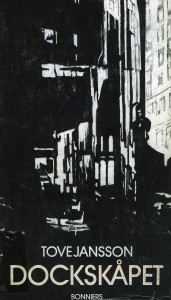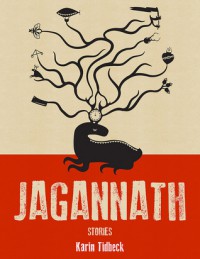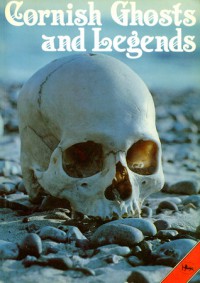Qwallath
Hi, I'm Odile, a historical linguist from the Netherlands who also likes to write about music, games, and history. Check out my longer blog posts and other writings on Sub Specie.
 1
1
On Tove Jansson's 'Dockskåpet'

Now and again I read these Scandinavian books that make want to be a translator. It's opportunistic, I know, to only want to translate those rare books that really get at you. Professional translators have to take most of the commissions they get, regardless of whether a work is to their taste.Regardless, some stories I just want to share, and perhaps I'll translate some of them some day anyway.
Tove Jansson's collection Dockskåpet (The Doll's House) has a number of such gems. Most of them are character sketches, between ten and twenty pages. Domestic troubles, strange obsessions. A novel or story collection can itself be a kind of textual doll's house, with little rooms of drama and tiny furniture.
The two tales that struck me most have a bit of that Jansson flair that is somewhere between realism, magical realism, and symbolism. Despite being a fantasy series about trolls, Jansson's Moomin novels are firmly grounded in that same place, where the familiar and the mystical are always shoulder to shoulder.
The first tale I want to mention is the titular story, which focuses on three men (Alexander, Erik, and Boy) and the construction of a huge doll's house inside Erik and Alexander's kitchen. The doll's house is Alexander's project, and it occupies him completely. Erik is less taken with the project, as it takes over large parts of their living space and time. Eventually, Boy, a friend of theirs, comes into play, and he helps Alexander with the construction.
It is never explicitly stated, but there is something of a homosexual love triangle in the air, and in the story's climax Erik and Boy come head to head in what feels most like a relationship conflict, of course staged around the finished doll's house. At the same time, the doll's house itself is a major player, with its power system, many rooms, and functioning lighthouse on top. A doll's house in one of the rooms of a story that is itself one of the rooms inside a fictional doll's house.
The other story that really spoke to me was "White Lady", which is about three sisters almost in their sixties who visit a restaurant on a tiny island in the middle of the sea. Again, the piece is realist in the strict sense, but there is a strong air of the liminal surrounding it all. The ladies reminisce about old times, about aging, about movies they have seen, old loves. They dance with the small group of young people who are the only other guests in the unique restaurant. The fog rolls in. They wait for the ferryman to take them back.
Apparently there is an English translation of the collection, so if you can't read Swedish, it might be worth looking for, though I expect it may be hard to find. If so, perhaps it would be worth giving one or two of these tales a shot myself. Some day.



















